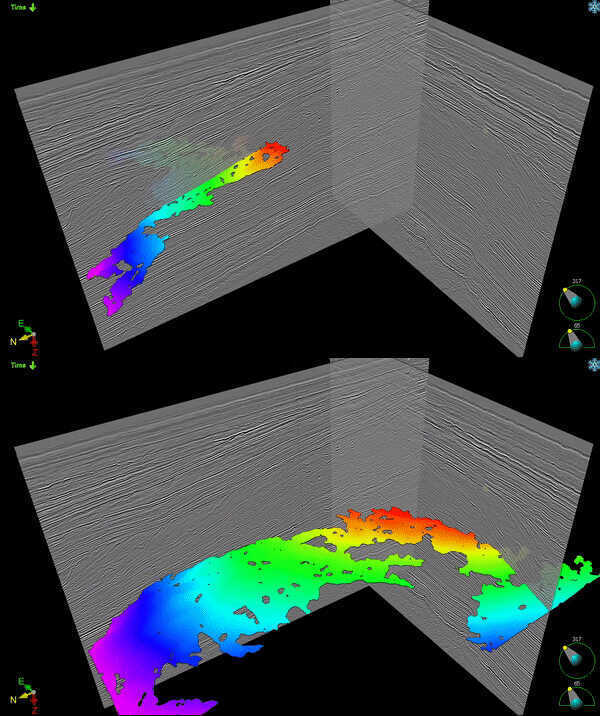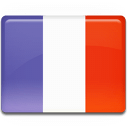PaleoScan™ Stratigraphic Interpretation Workflow for 3D Seismic Data in the Deltaic-Marginal Marine Environments
.gif)
It is estimated that over 15% of the total reserve of siliciclastic hydrocarbon reservoirs is located in slope and basin floor areas. However, the lack of tools and the variability of the seismic data quality are causing troubles to evaluate the sand accumulation and visualize both laterally and stratigraphically the evolution of the depositional system in those areas.
On seismic data, marginal-deltaic systems are often recognized as a stack of two-dimensional surfaces with sigmoidal (sloped) geometry of clinoforms. In conventional techniques, clinoforms will be interpreted one-by-one manually which is extremely time-consuming and challenging as clinoforms are often deposited locally and periodically due to the differential compaction and sediment influx/loading.
Hereby using PaleoScan™ software, we propose an innovative workflow to extract stratigraphic insights from the seismic data and identify detailed geomorphic elements in shallow marine, marginal-deltaic environments. Thanks to the PaleoScan Full-volume, semi-automatic 3D seismic interpretation technique, all clinoform surfaces are interpreted in one attempt as a result of the Model Grid creation process (Figure 1).

Those horizon patches in Model Grid are editable and polarity-consistent, either in peak, trough, zero-crossing, or inflection points, acting as a chronostratigraphic framework for the 3D Relative Geologic Time model (or 3D Geomodel) which is the interpolation of the Model Grid (Figure 2).


-1200-9999.jpg)

Case study: F03, offshore Netherlands. Maui 3D, offshore New Zealand.

